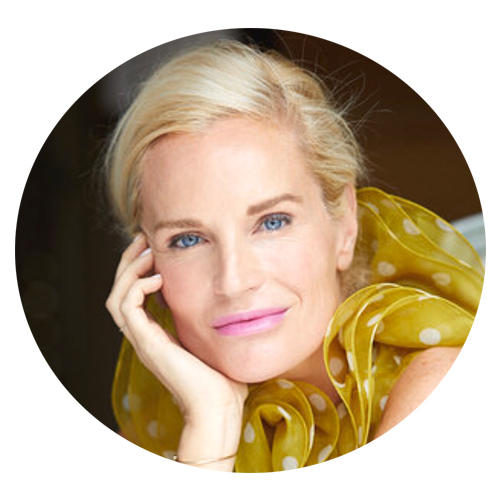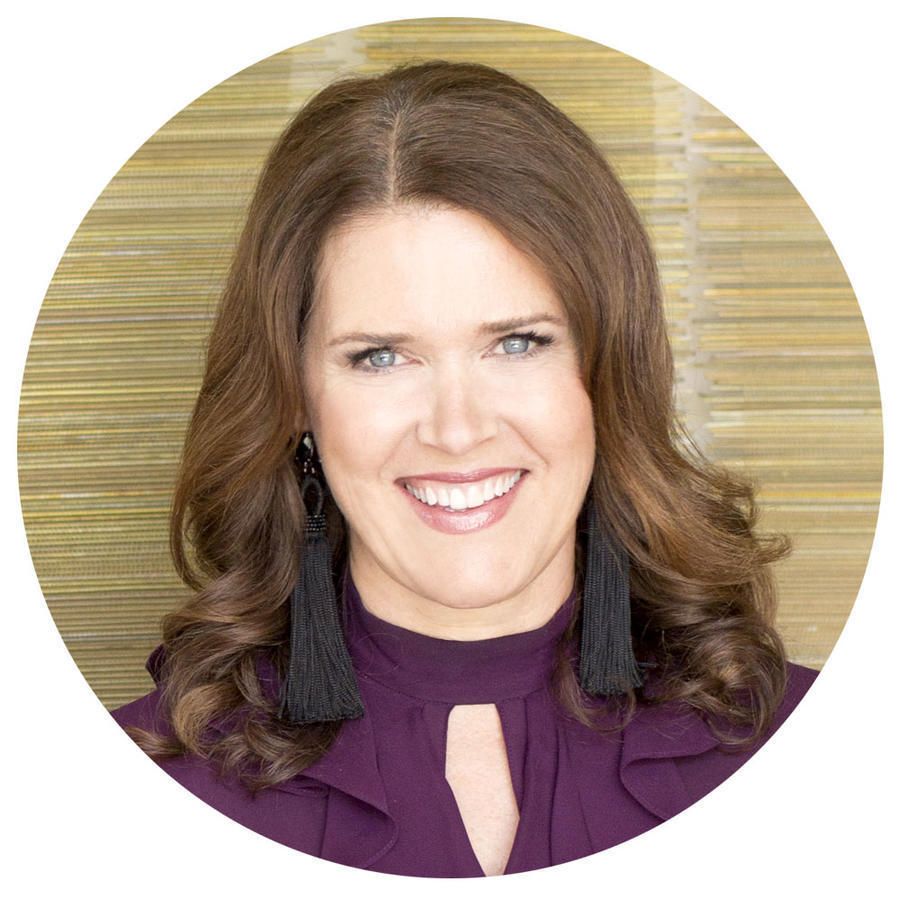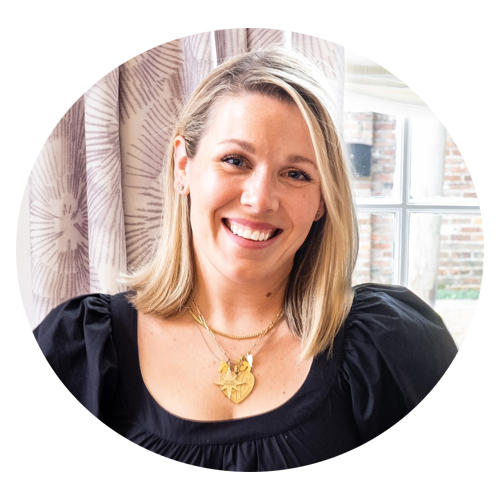While repeat business is often a sign of a great working relationship, as time moves on and a designer’s aesthetic and pricing evolves, it can be time to part ways with clients who are no longer a fit. We asked six designers—Brittany Bromley, Hattie Collins, Andrea Marino, Jo Smeeth, Kendall Wilkinson and Jessica Williamson—how they handle clients they’ve outgrown.

Go your own way
“Parting ways is never easy, but oftentimes it is what is best for all parties involved. If the client has budget constraints, we will often try to work with them to do the project in phases so that parting ways is unnecessary. If it’s a simple matter of taste direction, helping them to find a designer better suited to their end goals is a happy ending for everyone.” —Brittany Bromley, Brittany Bromley Interiors, Bedford, New York

Put the relationship first
“One of the best feelings is when a past client asks us to help them on a new project. Once a client works with us, we consider them like family and do what we can to maintain those relationships. We never assume that our current business model won’t suit their needs. We let them decide that by talking them through our new processes and presenting them with a new scope of work and agreement. Most often, our clients stay with us because there is trust and accountability built through our past relationships. Oftentimes, we have taken on a smaller add-on project with a past client that has either led to a referral or to a larger project. For us, it truly is about stamping that relationship. On the occasion where the client is unable to continue working with us, we have a list of designers we refer them to that we know will take excellent care of them!”—Jessica Williamson, JTW Design, Richmond, Virginia

Natural evolution
“I believe it is natural that longtime clients evolve aesthetically, which sometimes doesn’t work for either of us. It is rare, but it is only human to change your perception and tastes. We all want to deliver the most beautiful and personalized design to our clients, and of course, our clients also want their vision to be fully realized. Sometimes, those seemingly straightforward tenets are not working. I believe in honesty and transparency and offering the opportunity for us to both move forward amicably. And if I can, I suggest another designer that may be more suited to their new needs. Often, this situation happens when there is a divorce or a new marriage, and the new spouse has a very different vision than what the client and I had done previously. Even though we are all adaptive to work within various vernaculars, tastes and budgets change. It’s crucial in this business to know when it is healthier to move on rather than to force a relationship.” —Kendall Wilkinson, Kendall Wilkinson Design, San Francisco

Tell it like it is
“I don’t think there’s much sense in beating around the bush when it comes to wrapping up a client-designer relationship, but it definitely needs to be handled tactfully and respectfully. Typically, I set a firm timeline for a project as well as a budget ceiling, so once both of those are reached and it feels like the client and I are ready to move on, it tends to work itself out. But if that’s not the case, one approach that’s been helpful is simply letting them know that I’ve accomplished as much as I could under the current budget and aesthetic goals, and then making some suggestions on how they might be able to tackle things on their own. If a past client reaches out [about] a project that doesn’t meet my new minimum requirements, I let them know that my price threshold has changed and let them make the decision [whether] to move forward on their own.” —Hattie Collins, Hattie Sparks, New Orleans

Find your match
“The client-designer pairing is much like a [romantic] relationship—you need to be a good fit in more ways than one. Aligning on style and budget are of the utmost importance for a successful project. If you are not aligned on these fronts, it is not beneficial for either party. Know your brand. You probably shouldn’t hire a designer whose style is midcentury modern while expecting a traditional Georgian home. Sure, they may execute it just fine, but there was likely someone else who was more suited for the job. It is in the client’s best interest to hire someone whose style and resources work within their budget and align with their vision. I find that when you explain it in this way, it makes it clear as to why a project may be best suited for someone else, and clients usually respect that perspective. The good news is, there is so much talent and opportunity out there for everyone to find the right fit.” —Andrea Marino, Andrea Marino Design, Dallas

Pass it on
“If working through what could be growing pains doesn’t do the trick, find a designer within your community who might be a better match. Talk one-on-one with the designer first to see if they’d be interested in a new opportunity, and if they are, mention in passing to your client that you know of someone who may be a perfect fit for their next project. If everyone’s on board, be the matchmaker and facilitate an introduction!” —Jo Smeeth, INDA Interiors, Toronto and The Kawarthas, Ontario
Homepagpe photo: A project by JTW Design | Courtesy of JTW Design



























